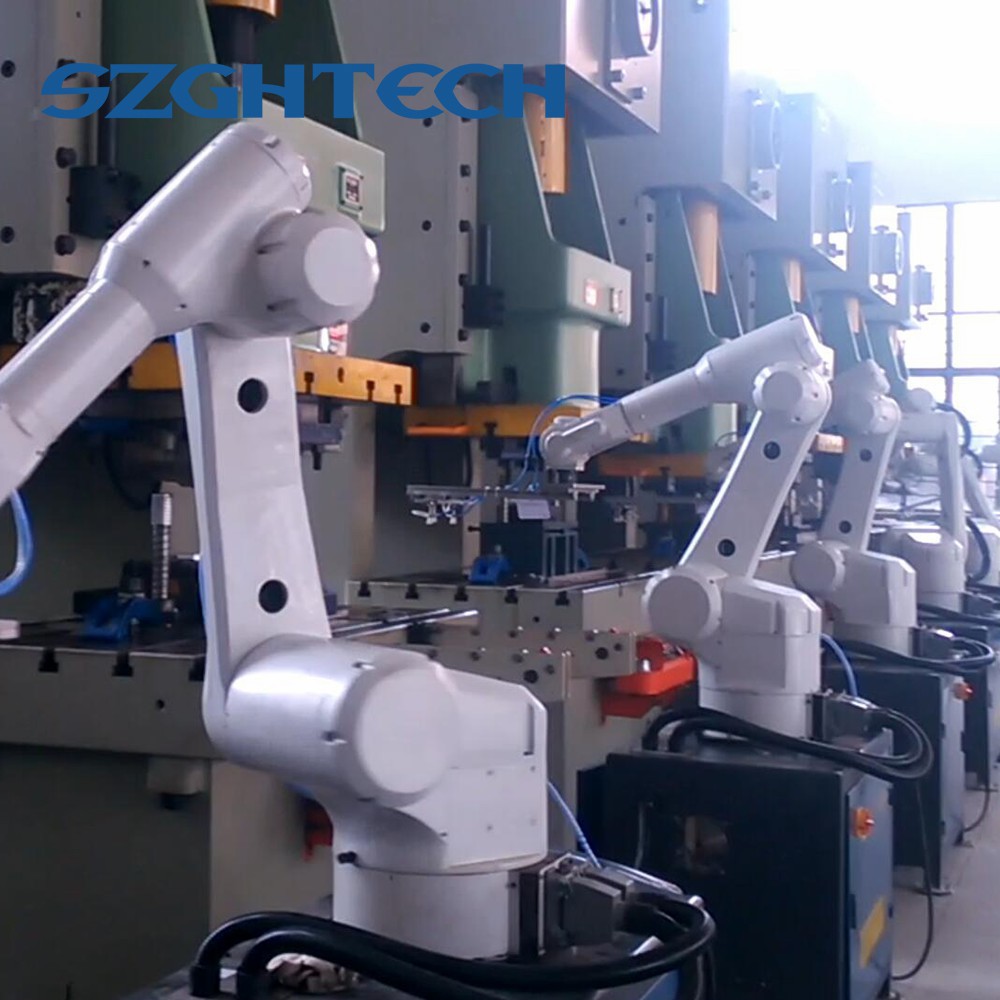Increasing the flexibility and programmability of robotic arms can be achieved in several ways:
1) Increase the degree of freedom of the robotic arm: The more degrees of freedom the robotic arm has, the more flexible it is. Therefore, the degree of freedom of the robotic arm can be increased by increasing the number of joints or axes of the robotic arm, enabling it to complete a wider variety of tasks.
2) Introduction of sensors and vision systems: Sensors and vision systems can provide the interaction and perception of the robotic arm with the external environment, so that the robotic arm can better adapt to different operational needs on the production line. For example, vision systems can help robotic arms identify information such as the position, shape, and size of objects, so that they can grasp objects more accurately.
3) Use a smarter control system: An intelligent control system can improve the programmability of the robotic arm, allowing it to better adapt to the different needs of the operation on the production line. For example, AI-based control systems can be used to enable robotic arms to learn and adapt autonomously to different tasks, increasing their flexibility and adaptability.
4) Modular design: The robotic arm is designed as a modular structure, which can be easily combined and disassembled to adapt to different production lines and operation needs. The modular design also reduces the maintenance and replacement costs of the robotic arm, improving its reliability and maintainability.

Through the implementation of the above methods, the flexibility and programmability of the robotic arm can be improved, so that it can better adapt to the different operation needs on the production line, thereby improving production efficiency.

